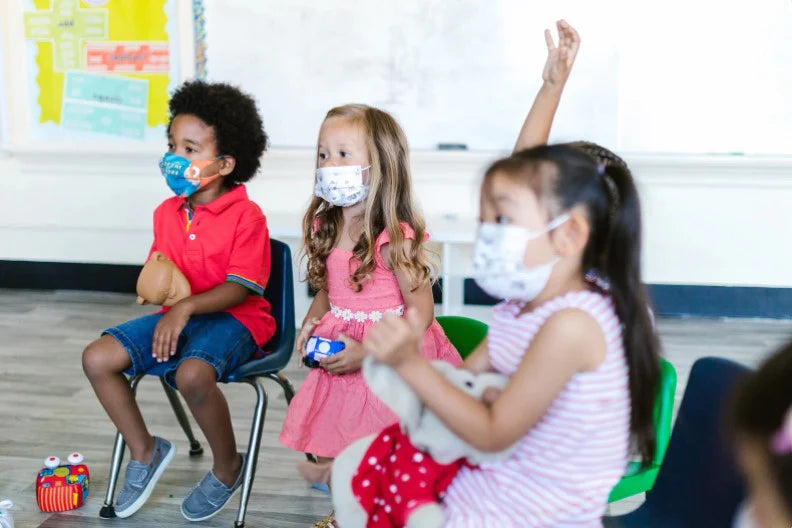Mindfulness is the ability to be present and fully engaged in the current moment, without judgment. And, in our modern world of stimulation and distractions, it’s as important as ever to cultivate in our young children. Preschoolers who engage in mindfulness activities are better able to manage their emotions and behavior, as well as sustain their focus for longer periods of time.
Here are some ways to cultivate mindfulness in preschoolers:
- Model Mindfulness Yourself - Children learn by example, so make sure to practice mindfulness yourself and let them see you doing it. This means taking time away from your phone, doing one thing at a time, and giving your child your full focus when they’re speaking to you.
- Eat Without Technology - Yes, one of modern life’s simple joys is eating a hot meal in front of one of your favorite shows. But save this indulgence for after you put the kids to bed. Eat at least one meal a day at the table, together as a family. Focus on the taste of the food, how full you feel, and the presence of your loved ones around you. Make sure screens are away. This practice promotes bonding and can actually prevent over-eating.
- Spend Time in Nature - Get away from the hustle and bustle by taking a walk at the park or on a trail in the woods with your child. You can even just sit in your yard and watch the squirrels and birds. Have them point out sounds that they hear and things that they see. Pick up an interesting rock or leaf and teach them how to observe it using all five senses.
- Incorporate movement - Preschoolers are naturally active and enjoy movement, so incorporate mindfulness practices that involve movement, such as yoga or tai chi. There are plenty of free resources online!
- Journal - Even very young children can journal in their own way. Set aside a reflective time at the same time everyday. This could be right before their bedtime story or once they get home from school or daycare. Set a timer for 5-10 minutes and have your child draw or write in their journal how they feel today. Even coloring a face that shows how they’re feeling can be effective, (coloring is a very mindful practice). The point is to spend some quiet time, alone, to reflect on their day.
- Five Fingered Mindfulness- Use this activity whenever there’s a bit of down time and you notice your child getting antsy, like while in line at the grocery store. Use your hand to get them to zero in on their surroundings. Ask them: What are 5 things you can see? Four things you can hear? Three things you can feel? Two things you can smell? One thing you can taste? (Or the last thing they ate.) This very simple activity can do wonders for helping a child to focus when they are overstimulated.
- Create a safe and comfortable environment - Creating a safe and comfortable environment for children to practice mindfulness is important. Get rid of unnecessary noise pollution and clutter. Do you really need the T.V. playing in the background all day? Or that stack of toys towering over them in their room “just in case” they get bored? Give your child a fighting chance to explore their own thoughts with a serene and organized environment.








